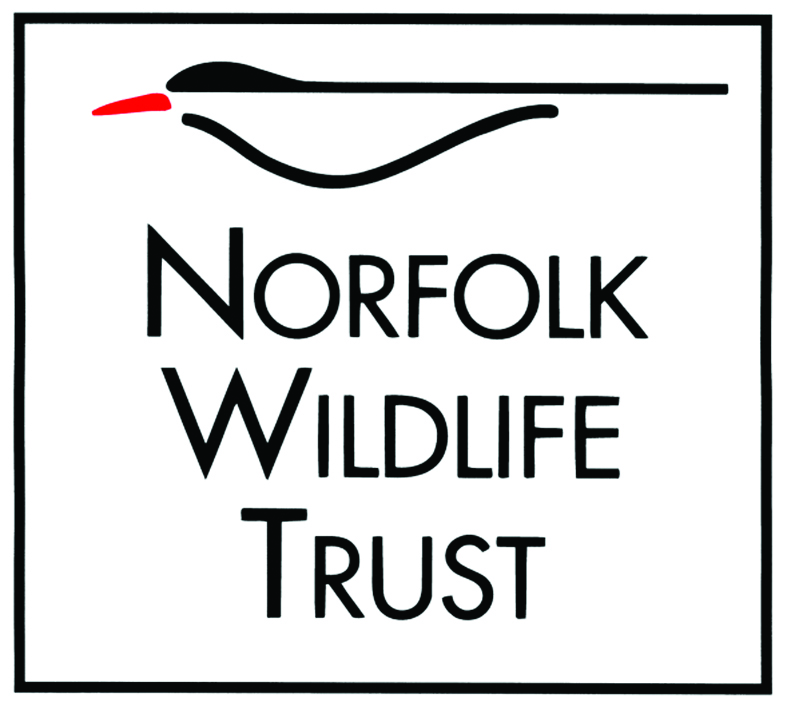Search
Search
Livestock and meadows
Meadows Appeal
Help Norfolk Wildlife Trust bring back the joyful sights and sounds of summer to Norfolk's countryside! Every donation, no matter how big or small, will help bring life back to our landscape…
Thank you - Meadows appeal
Hoe Rough and Beetley Meadows
A beautiful chalk stream runs between Hoe Rough and Beetley Meadows, where brown trout and white-clawed crayfish swim, alongside a rich mix of fen and grassland habitats.
Soft rush
As its name suggests, the smooth stems of soft rush are thinner and more flexible than those of hard rush. It forms tufts in wetland habitats like wet woodlands, marshes, ditches and grasslands.…
Flowering rush
Flowering rush is a pretty rush-like plant of shallow wetland habitats, such as ponds, canals and ditches. Its cup-shaped, pink flowers appear in summer, brightening up the water's edge.
Meadow buttercup
Meadow buttercup is a tall and stately buttercup, with buttery-yellow flowers that pepper meadows, pastures, gardens and parks with little drops of sunshine.
Hard rush
The stiff, spiky and upright leaves and brown flowers of hard rush are a familiar sight of wetlands, riversides, dune slacks and marshes across England and Wales.
Pochard
The once-common pochard is now under threat because its populations are declining rapidly. The UK is an important winter destination for the pochard, with 48,000 birds visiting our wetlands and…
Meadow grasshopper
The meadow grasshopper can be found in damp, unimproved pastures and meadows throughout summer. Males can be seen rubbing their legs against their wings to create a 'song' for the…
Meadow thistle
On first glance, the meadow thistle looks a bit like a knapweed - it's not as prickly as other thistles and only carries one pinky-purple flower head. It can be found in damp meadows and…
